Flightless Birds
Flightless Birds
When birds find themselves in habitats where ground – living
predators are not present, they no longer have a need to fly from dangers. As a
consequence, they are able to remain ground and become larger, which has other
advantages. That is the general rule with flightless birds. The classic
examples were the elephant birds from Madagascar and the moas from New Zealand,
both now extinct due to hunting by humans. There were also the famous dodo and
its relations, the solitaires. Today, the largest flightless bird is the
ostrich, which is large enough to see off any predator on the African plains.
Similar flightless birds include the emu, the rhea and the cassowary. All share
a similar design, with robust legs for running and kiching, feathers that have
become fur- like and long necks for reaching the ground. They all have similar
omnivorous diets, too. Kiwis are different in having long de-curved bills for
probing mud and sand for native worms and other invertebrates. They are also
the only bird to have nostrils at the tip of bill, so that they can smell their
food, such as earthworms, insects, fruits and berries, as they forage in the
leaf litter.
Other flightless birds include a cormorant, a parrot, a coot and
a rail. A great many flightless bird species have become extinct over the last
two centuries, partly due to persecution by man, but mainly due to the introduction
of predators, such as rats, cats and dogs. That is become most lived on remote
islands and went about their lives unthreatened until explores arrived. Compounding
the problem was the fact that island species had no instinctive fear because
they had no experience of danger, so they were easy food for people and animals
alike. The name of the ill- fated dodo (Raphus cucullatus), from the island of
Mauritius, has, since its demise, been used to describe people of extreme
stupidity such was its own complete lack of inclination to escape when being
Slaughtered for food by European Sailors.
The most familiar flightless birds are the Penguin family
(Spheniscidae), of which there are between 17 and 20 living species. The ancestral
penguin gave up flight so that its wings could evolve into flippers, thereby
enabling it to swim with supreme efficiency in the oceans to catch fish.
Penguins are able to live in Places where land predators are absent, so flight
is not required. In addition, they can migrate via the oceans. Their main
predators are seals, orcas and sharks.
Reference
Also See
• Parrots
• Bats
• Bears
• Birds
©
Don`t Kill Creatures of
Nature, You have No Right to Do That
Being Vegetarian, Love
Creature of Nature
Live and Give Space for
another Life
Save Nature
Love Nature




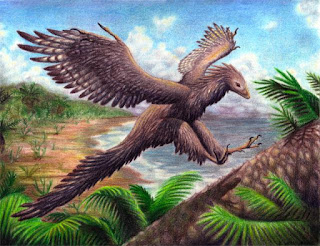
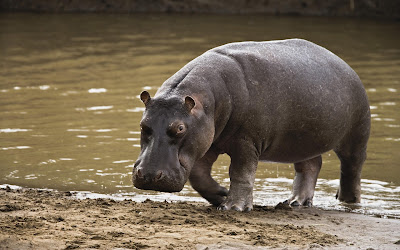

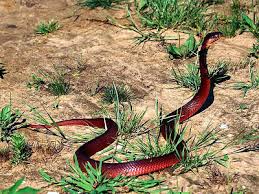


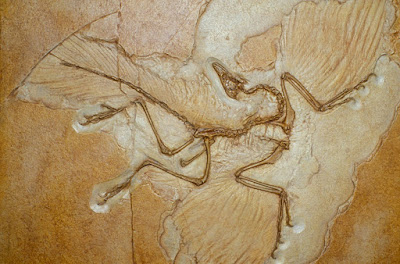

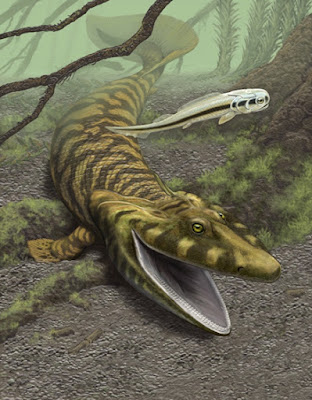
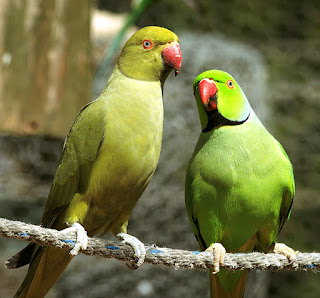
Comments
Post a Comment
Thanks For Your Valuable View.